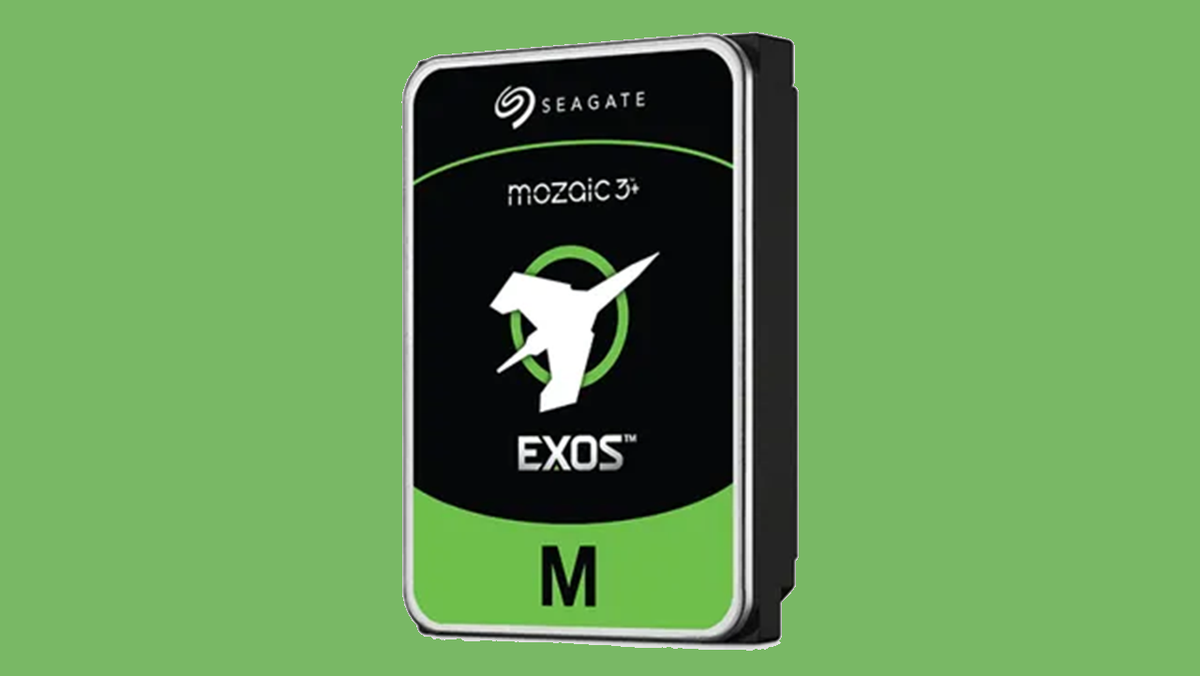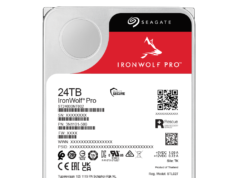Seagate has begun shipping its latest Exos M HAMR hard drive samples to select customers, boasting industry-leading capacities of up to 36 terabytes (TB). Built on the company’s Mozaic 3+ platform, the drives represent the first large-scale deployment of heat-assisted magnetic recording (HAMR) technology, offering unprecedented density, efficiency, and sustainability for data center operators.
Cloud-Ready Innovation
Leading cloud providers have already started integrating Exos M drives at capacity points up to 32TB, with some customers testing the top-tier 36TB variants. This positions Seagate’s Exos M line as a foundational building block for modern, large-scale data center environments—especially for use cases where scalability and operational efficiency are paramount.
HAMR: Unlocking New Levels of Density
Seagate’s Mozaic 3+ platform leverages HAMR to deliver unparalleled storage density, achieving areal densities of 3.6TB per platter in a 10-platter design. This technological breakthrough provides:
300% more storage capacity per square foot.
25% cost savings per terabyte.
60% reduction in power consumption per terabyte.
The result is a storage solution that not only scales to meet the demands of massive data growth but also lowers total cost of ownership and improves environmental sustainability.
A Key Role in AI and Advanced Workloads
Seagate’s drives are being rapidly adopted by partners such as Dell Technologies. Dell plans to integrate the Exos M 32TB drives into its PowerScale systems, a move that’s expected to bolster the performance of AI workloads. Travis Vigil, Senior Vice President of ISG Product Management at Dell, noted that these drives provide the scalability and reliability needed for advanced AI use cases, including retrieval augmented generation (RAG), inferencing, and other agentic workflows.
Leading the Storage Industry Forward
Dave Mosley, Seagate’s CEO, highlighted the company’s pioneering role in storage density and innovation. “Unprecedented levels of data creation, driven by cloud expansion and early AI adoption, require robust long-term retention and accessible storage solutions. Our latest Exos M drives not only meet these demands but also set the stage for future innovation,” Mosley said. He further emphasized Seagate’s unique ability to produce drives with 3.6TB per platter at scale and its continued advancement toward 6TB-per-disk capacities.
In Summary
Seagate’s Exos M drives demonstrate how the company’s commitment to HAMR technology is reshaping the storage landscape. By offering unmatched density, efficiency, and sustainability, these drives stand out as a critical component for data centers looking to scale up storage while reducing costs and environmental impact.





